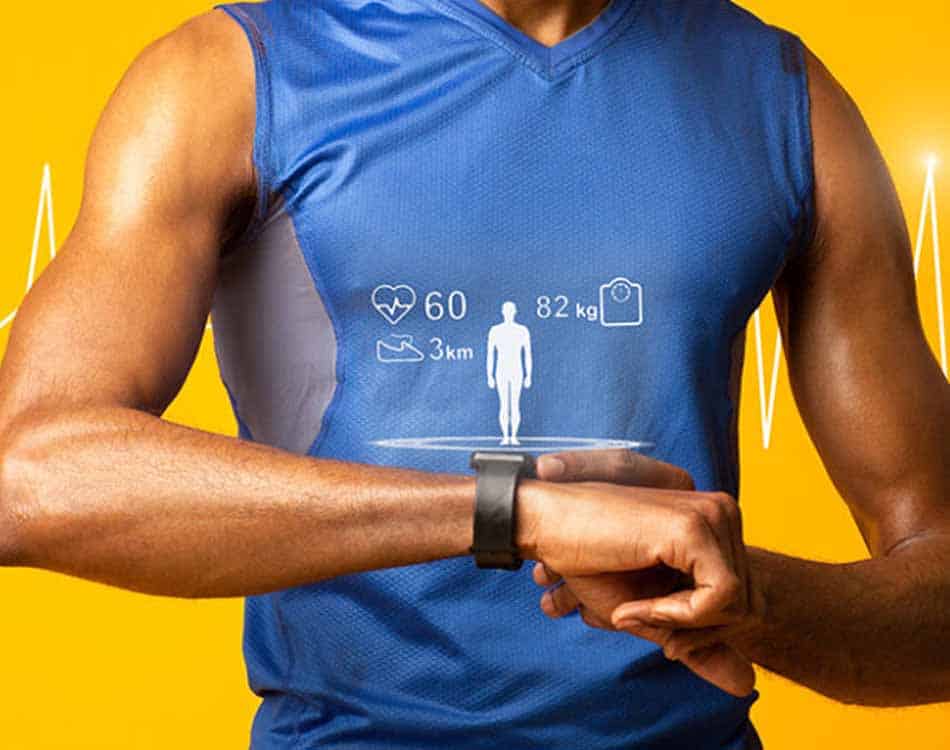The global COVID-19 pandemic and resultant lockdowns have resulted in seismic shifts in the way we stay fit and active.
Garmin has tracked these shifts from data uploaded to its platform by its global community, which has revealed remarkable changes in the types of sports and exercises which people choose to engage in during lockdown.
Garmin looked at data from millions of smartwatch wearers to track trends in European countries with the highest confirmed coronavirus cases, namely Italy, Spain, France, Germany and the U.K., along with Sweden to gauge the scale of atypicality where significantly fewer restrictions are in place and the physical distancing enforcements are minimal.
For a consistent and clear picture, Garmin used 9 March – when Italy went into lockdown – as a midpoint and compared the five weeks prior and five weeks after to determine percentage increases and decreases in various activity levels. This is what Garmin’s data analytics found:
Cycling
When comparing the pre- and post-lockdown phases in France, there is a remarkable 157% increase in indoor cycling activity. Spain and Italy are also reporting record indoor cycling highs, with 273% and 309% increases, respectively.
The magnitude of this shift cannot be understated as the data indicates historically steep increases in an activity that typically decreases in the spring, which has never happened before.
Garmin says it is worth noting that a large proportion of indoor cyclists are riding virtually with smart trainers such as those made by Tacx. This means they’re syncing their activity with a third-party platform such as Zwift, which allows users and their connections to ride together virtually throughout the world.
As more people log indoor cycling activities, the average distance per ride is increasing, which could indicate a newfound motivation to “beat” the impositions of the pandemic.
Spain is seeing an incredible 41% increase in the average distance per ride. Meanwhile, Germans, despite having a slight decline in the overall activity trend, are still going on longer rides with a 12% average distance per ride increase.
The March 1 spike in Sweden correlates with the Vasaloppet ski race – Garmin’s hypothesis is that many people were indoor cycling instead, as a proxy for participating in the race.
When looking at outdoor cycling in Germany, U.K. and Sweden, the trendline indicates a clear movement outside. In Germany alone, there was a 153% increase in outdoor cycling. During the same time period in 2019, Germany only saw a 36% increase.
It’s possible that psychological factors, such as a desire to be more active in the face of adversity, could be at play here. Additionally, this trendline also points out how well stay-at-home orders are being followed in France, Italy and Spain.
Running
In Spain and Italy, where countrywide lockdowns are most extreme, outdoor running has dropped significantly with respective decreases of 68% and 42%.
A deeper dive into the data reveals that people in countries with the highest restrictions are taking it to the treadmill, and in many cases, virtual running too.
Italians, Spaniards and the French are uploading running activities in record numbers, with respective country increases of 130%, 84% and 18%.
Data reveals that runners in Germany, Sweden and the U.K. are still behaving differently. In every country, those who are running outside are running shorter distances. From this, we can surmise that even Germans, Swedes and British runners, despite having more lax stay-at-home restrictions, are still limiting their outdoor exposure. So while indoor running is on the rise in most places, outdoor running is still happening – just a little closer to home these days.
Swimming
When we look at the data for swimming, it’s perhaps most interesting in that the drop-off timeline mirrors the lockdown dates instituted by each country.
One by one, as each country announced its specific shelter-in-place orders, their swimmers stopped swimming. All of this holds until you get to Sweden, where looser restrictions appear to have resulted in a much more modest decrease in the activity.
Finding your fit in lockdown
Garmin concludes that every country is experiencing lockdown restrictions in different ways and at different levels. Predicting trends in the coming months is difficult as the situation is unpredictable. As people around the world grapple with the impact of the pandemic on their active lifestyles, Garmin will continue to provide updates to help educate and inform.





















Leave A Comment